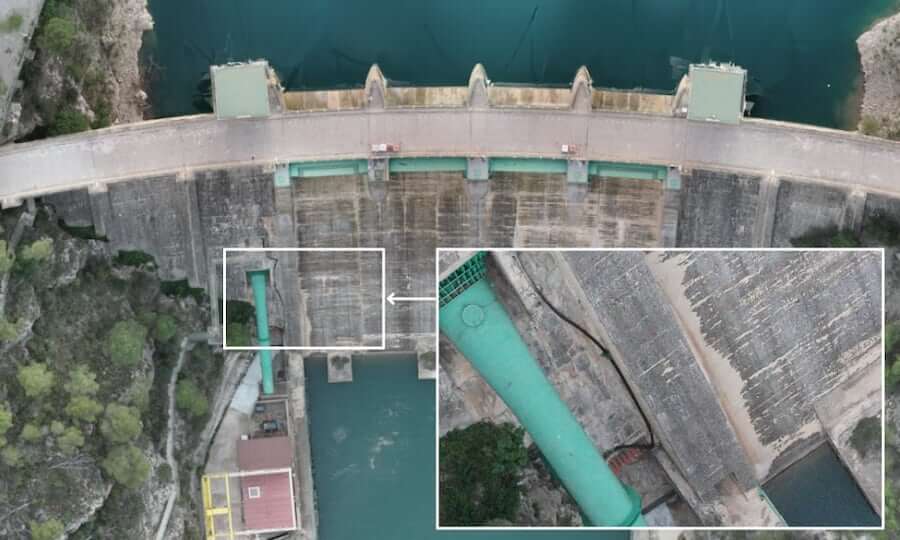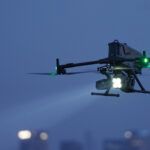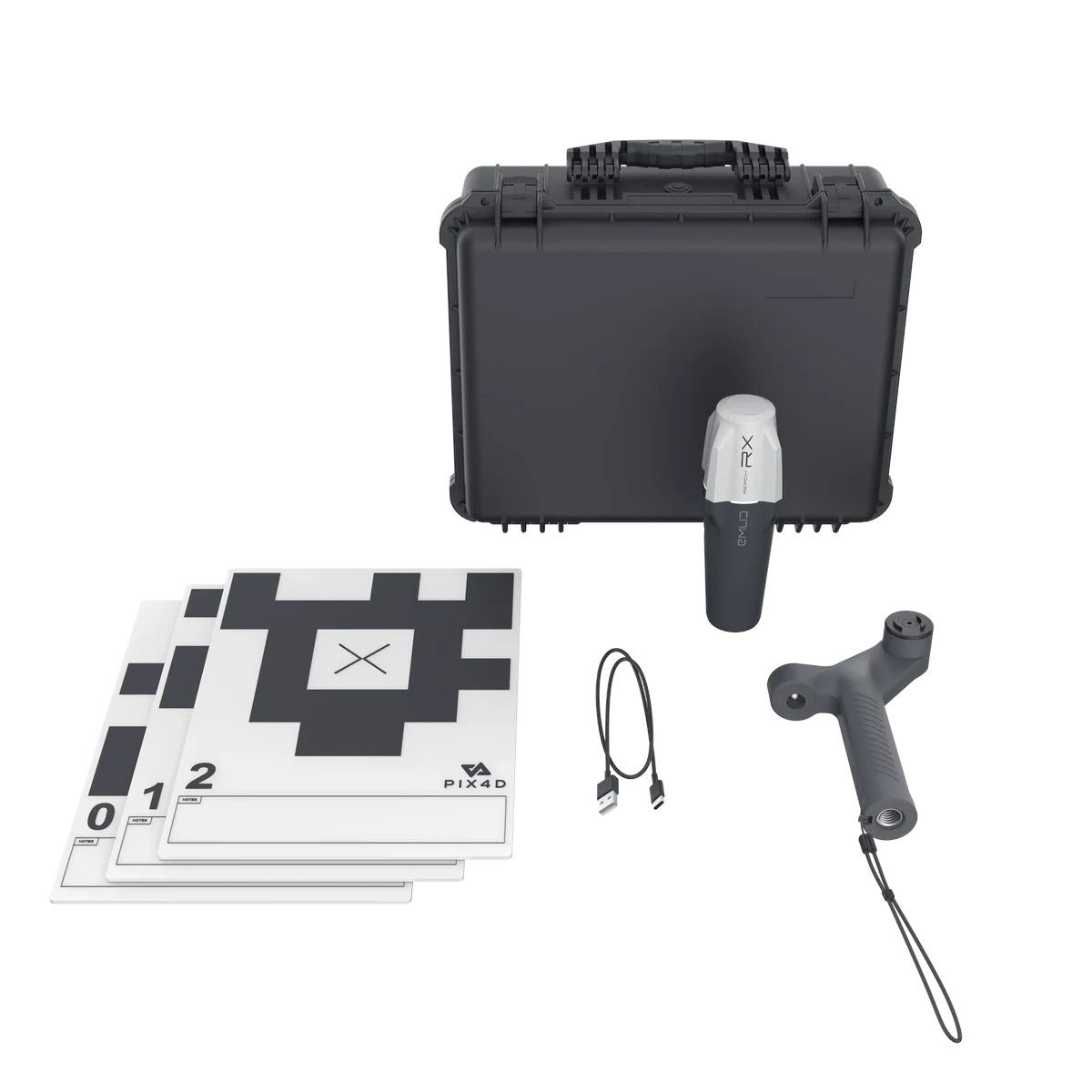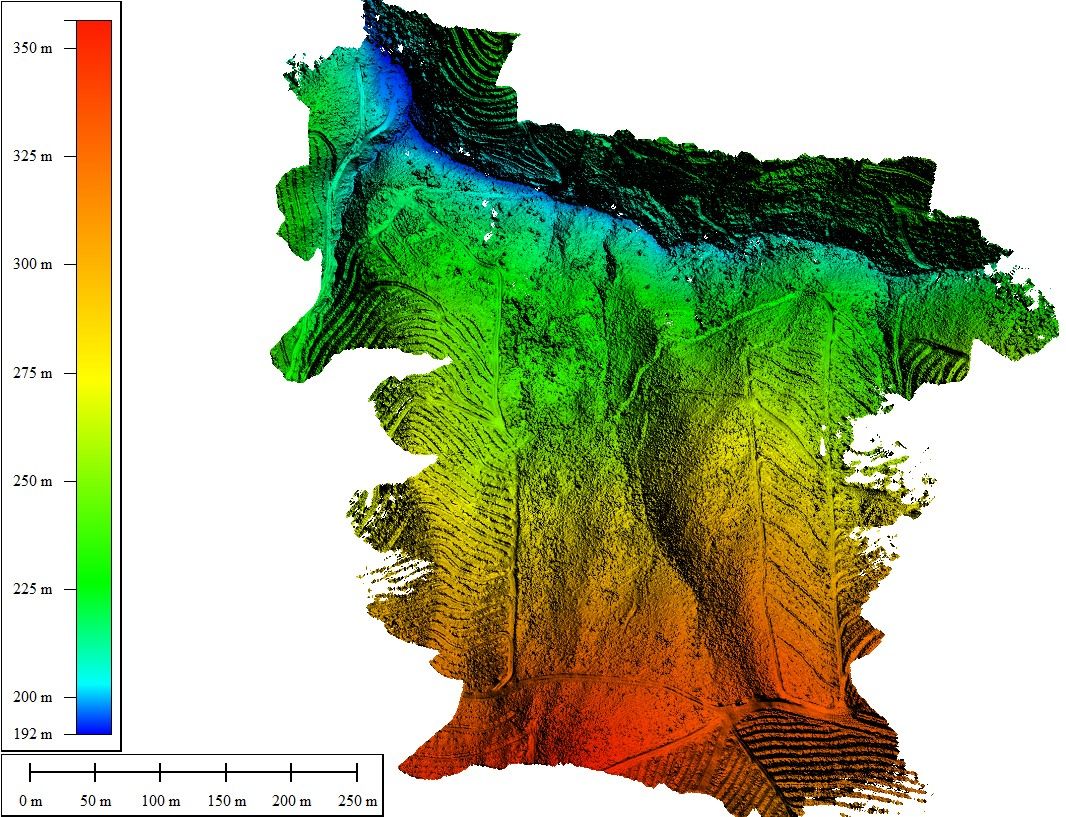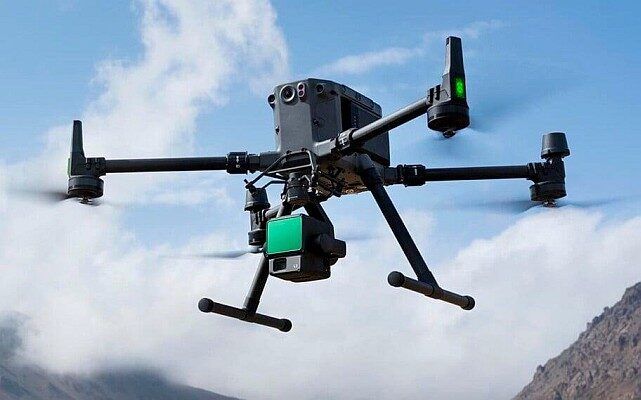Solução Perfeita para obtenção de resultados únicos – O seu projeto nunca esteve em melhores mãos!

How is drone data used in the construction industry?
-
Volume measurements
-
3D models of sites
-
Tracking construction progress
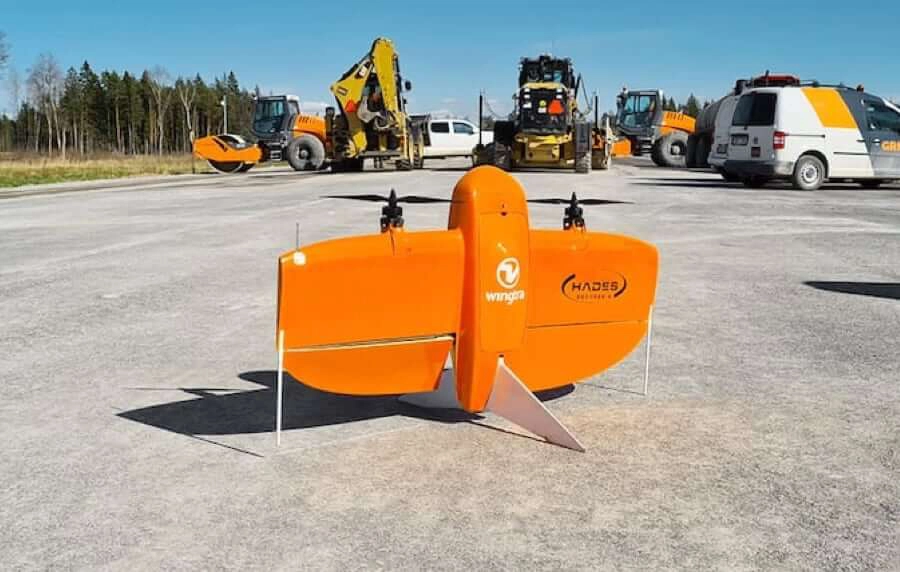
Drone applications throughout the construction cycle
1. Bidding and pre-planning
Even before the launch of many construction projects, a topographic survey of the site is required to get a good understanding of the environment in which the project will take place.
DTMs and DSMs of a site generated with drone data can show possible drainage points, changes in elevation and other factors that can assist in selecting the best locations for building, digging or storing materials.
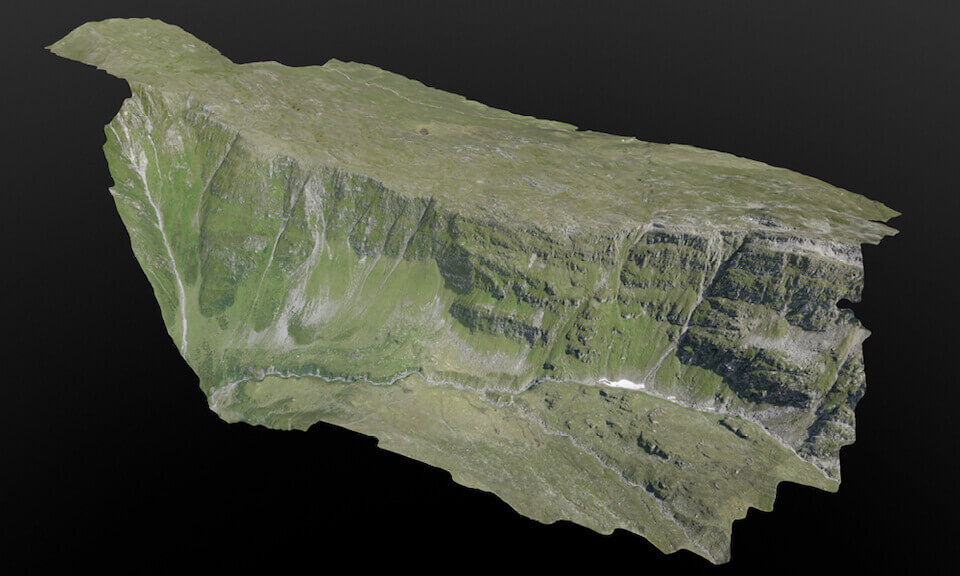
2. Planning and design
The very same images collected by drones can then be used as part of the planning process, providing the foundation for the work of others, such as architects, local authorities and engineers.
With drone orthophotos and 3D models, you can overlay buildings onto their environment to get a clear sense of how a new building might look next to an existing one.
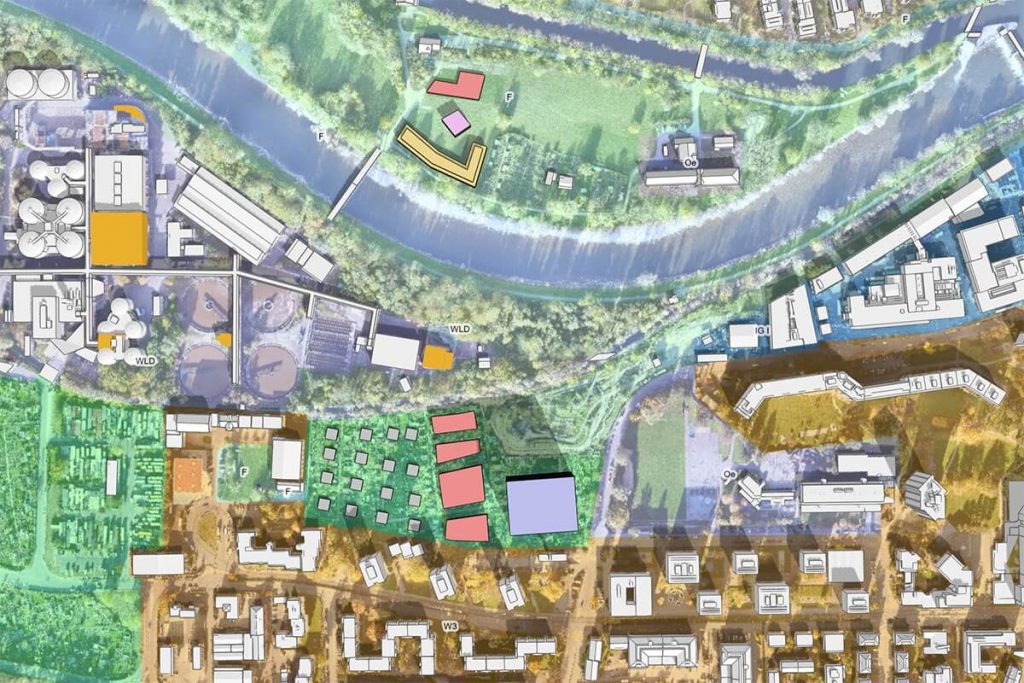
3. Execution
While it already offers multiple advantages in the planning phase, the greatest value of drone use might come when projects enter the construction phase.
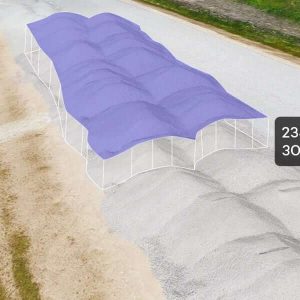
Earthworks
From drone images, you can generate a point cloud consisting of thousands of points, each containing geospatial (X, Y, Z) and color information. Then, with a photogrammetry software, you can get precise volume measurements and run a cut/fill analysis.
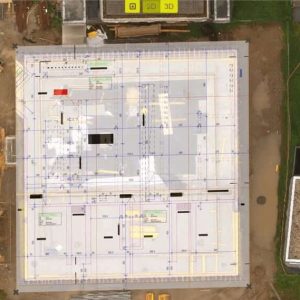
As-built vs. as-design
One of the most striking advantages of accurate site visualization is the ability to overlay the CAD on the orthophoto. This allows you to compare what was actually built with the plan and make sure that they fit together. Site managers can then identify differences between planned and real-time progress and steer projects accordingly.
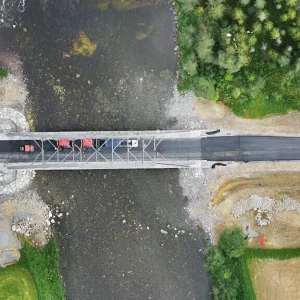
Site progress monitoring
During the construction phase, site managers have to control and validate completed work in order to permit continued work. The faster you are able to check and validate a task, the faster you can move on to the next task, saving time along the overall construction process.
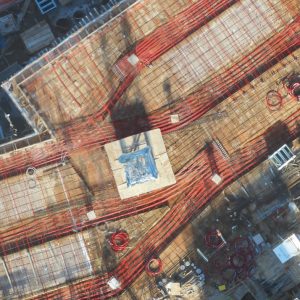
Minimize rework and litigation documentation
Having up-to-date visual data can help you catch a mistake before it takes shape and avoids demolition and the waste of time and materials related to it.
4. Maintenance and asset inspection
Maintenance is often not a priority because it costs time and money and doesn’t bring much value to operations … at least not when they are running as usual. But as soon as you are faced with a serious problem due to lack of maintenance, you can be held responsible and lose a lot of money.
That said, ensuring quality maintenance of assets is not always easy to do at a reasonable cost. By sending drones in the air, companies can visually inspect large assets or those located in hard-to-reach areas more quickly and cost-effectively.
